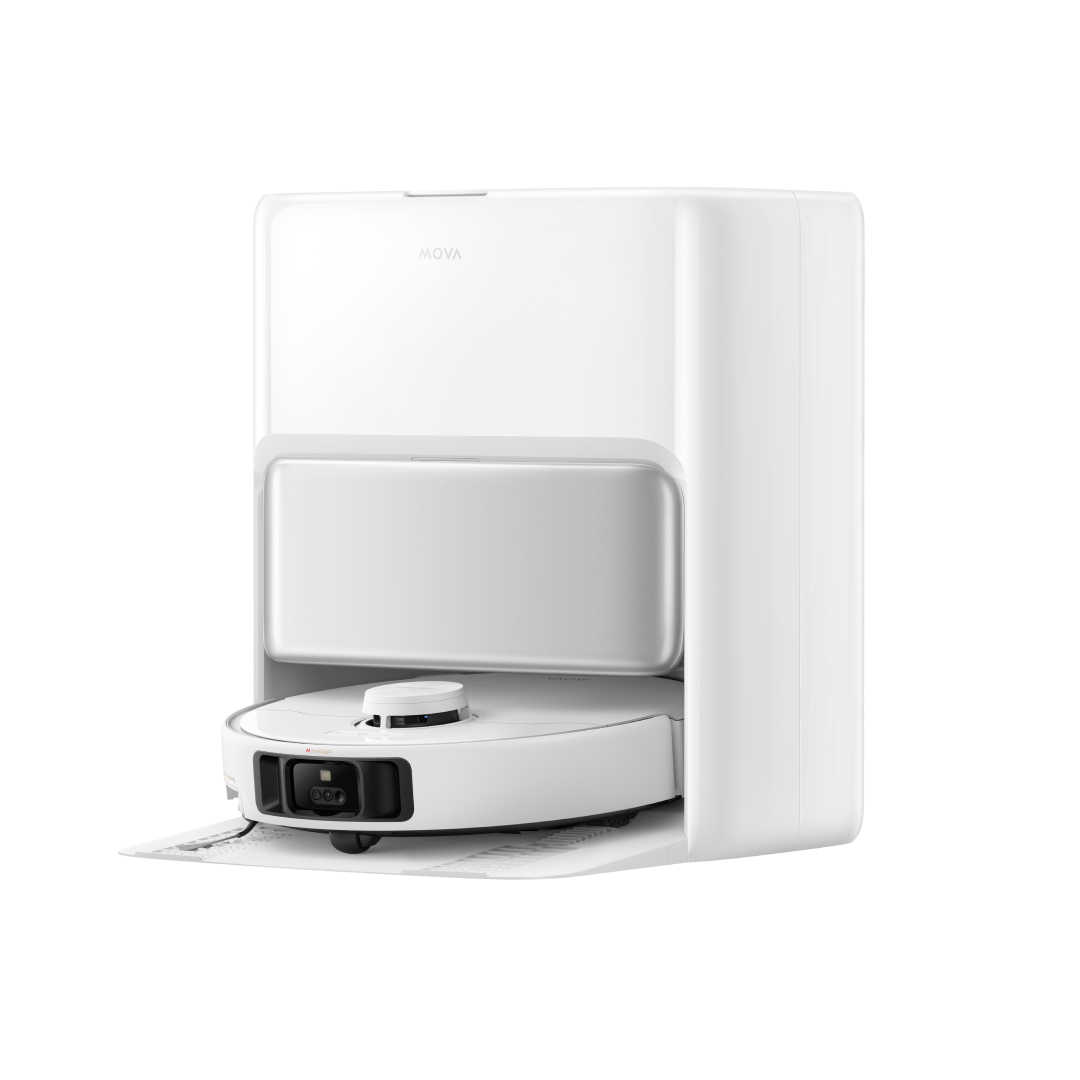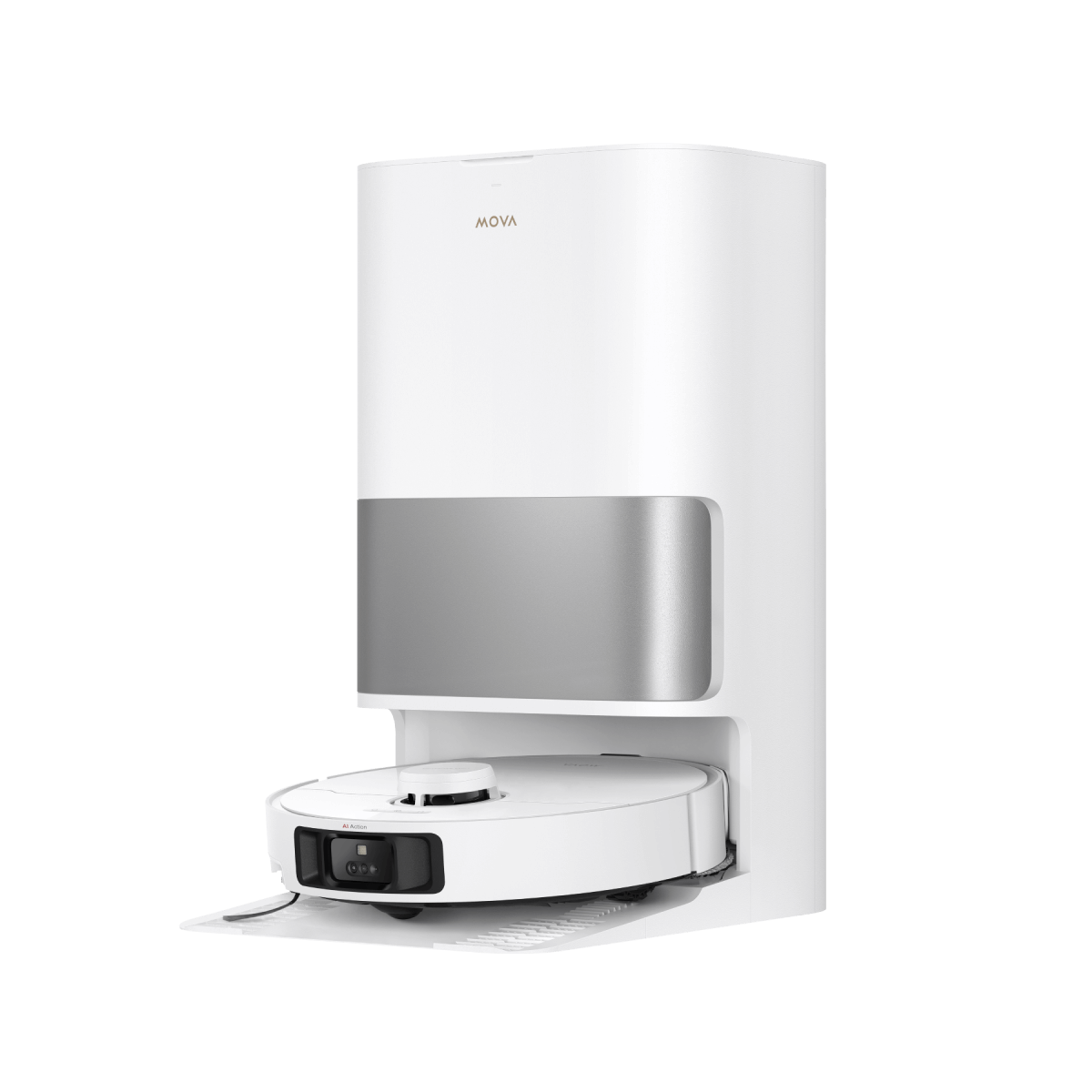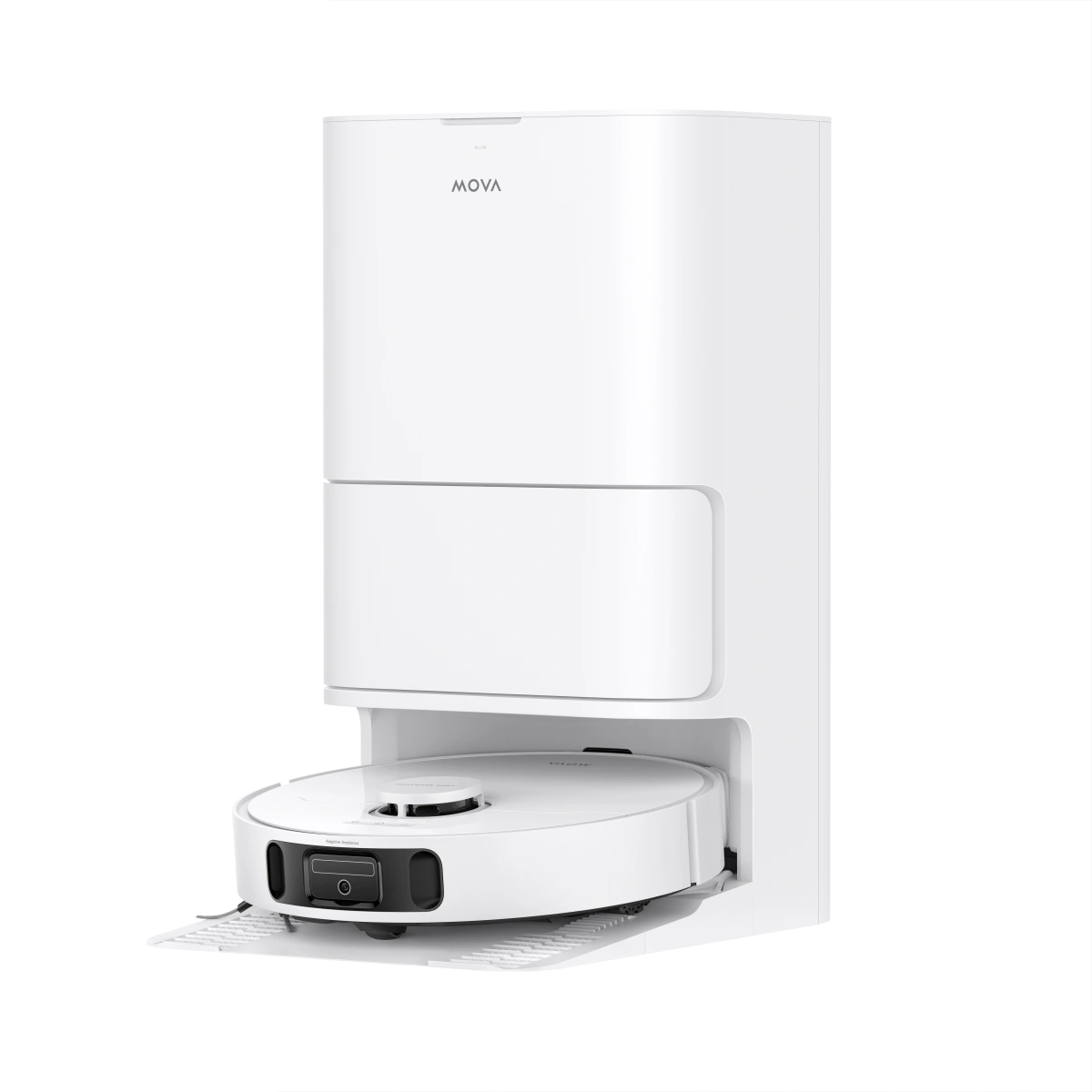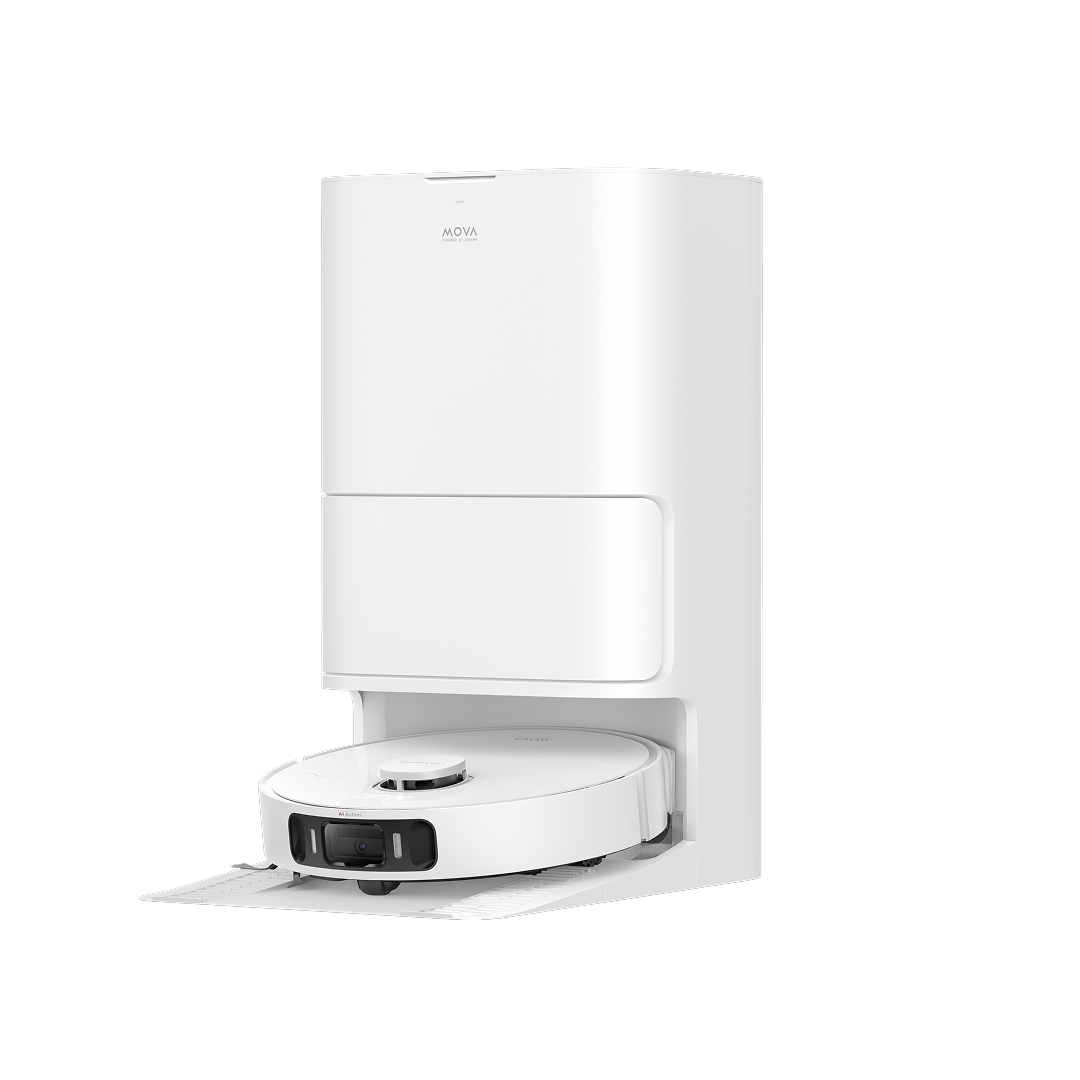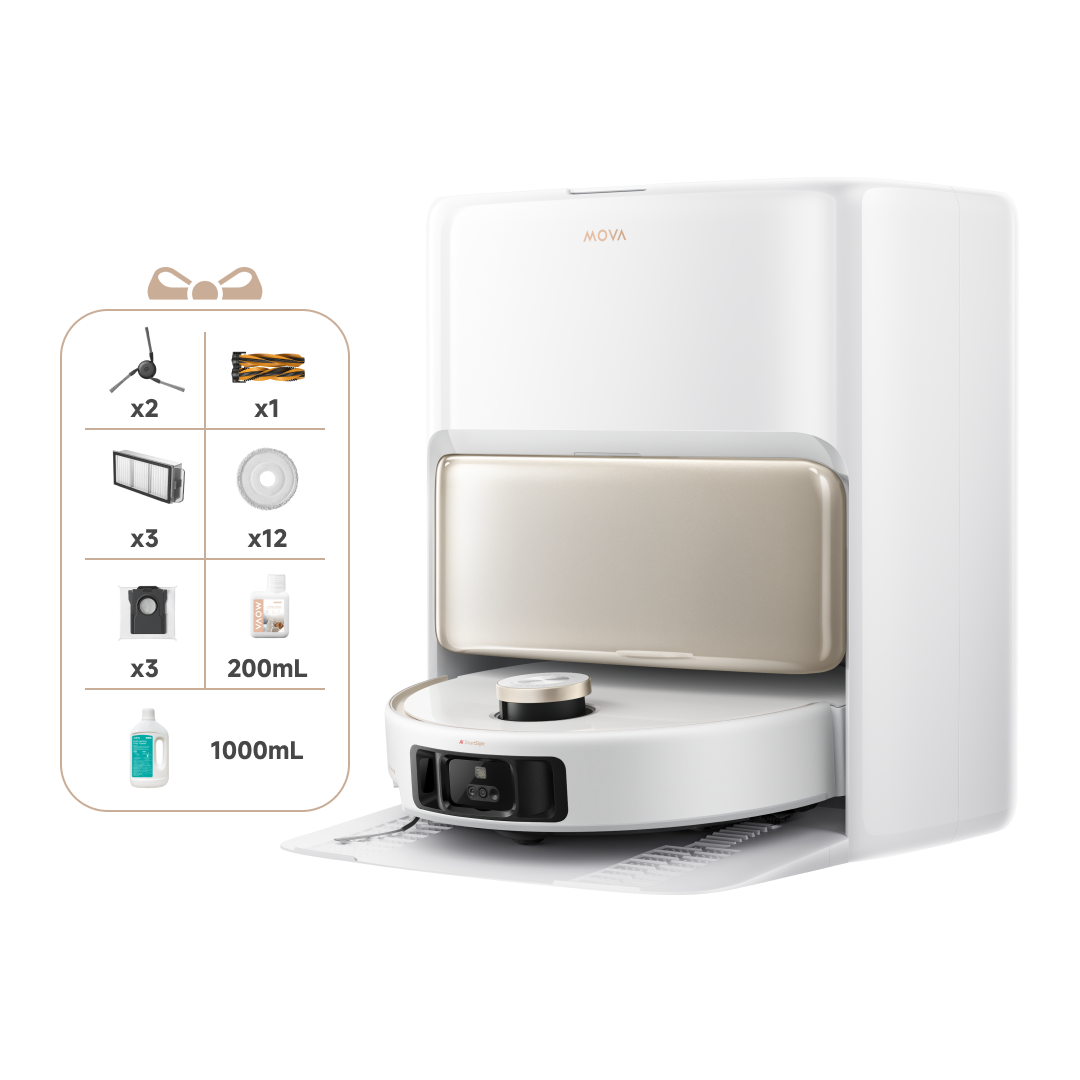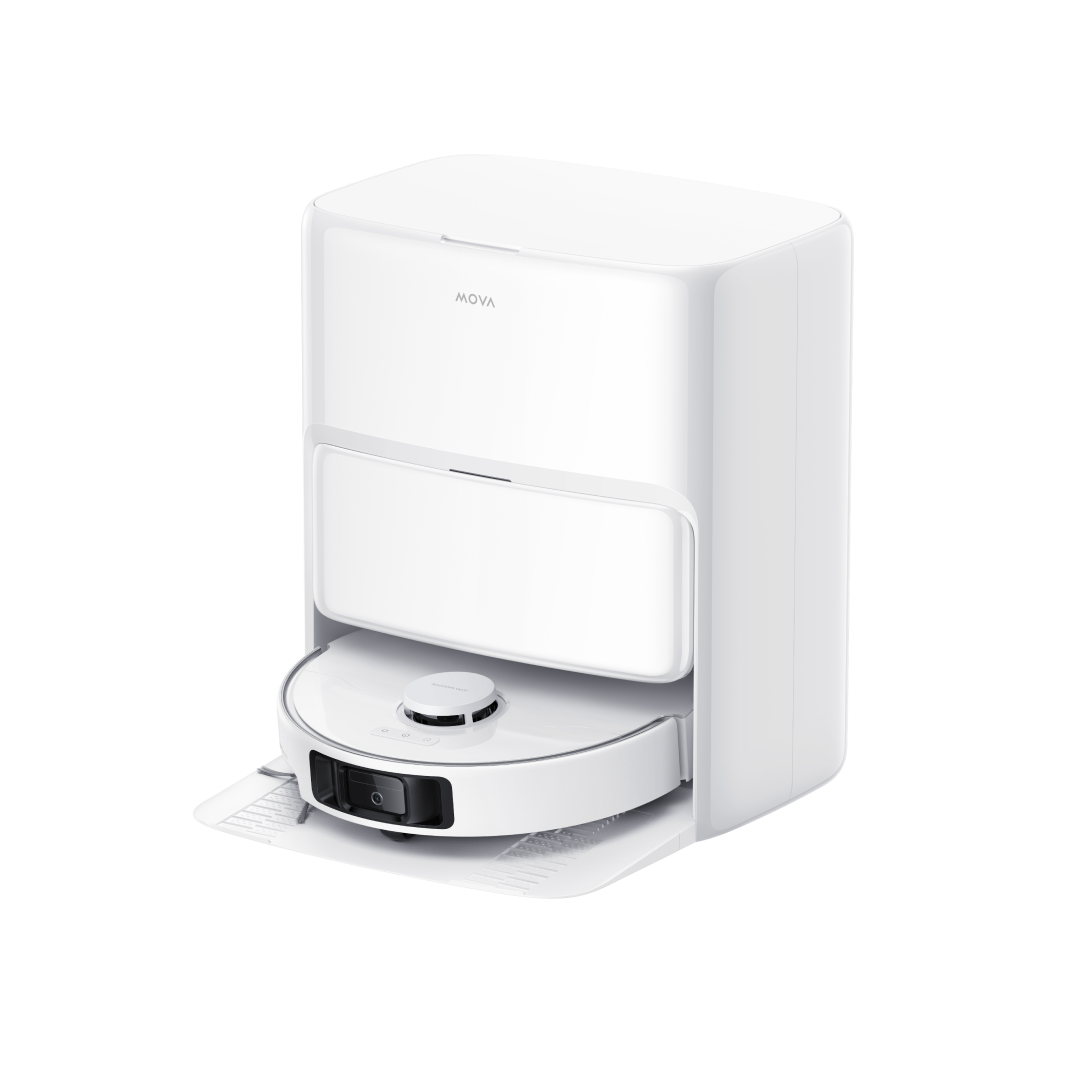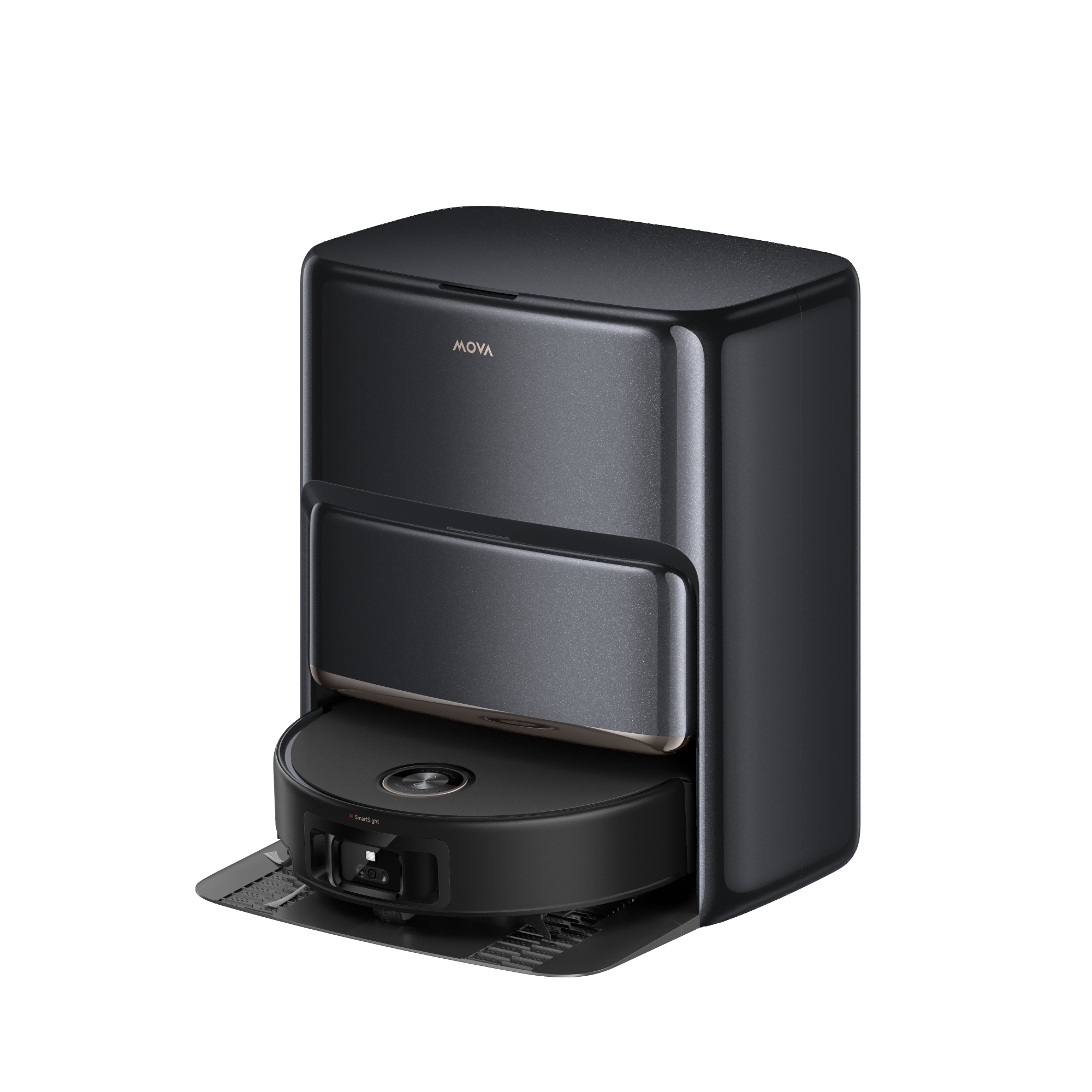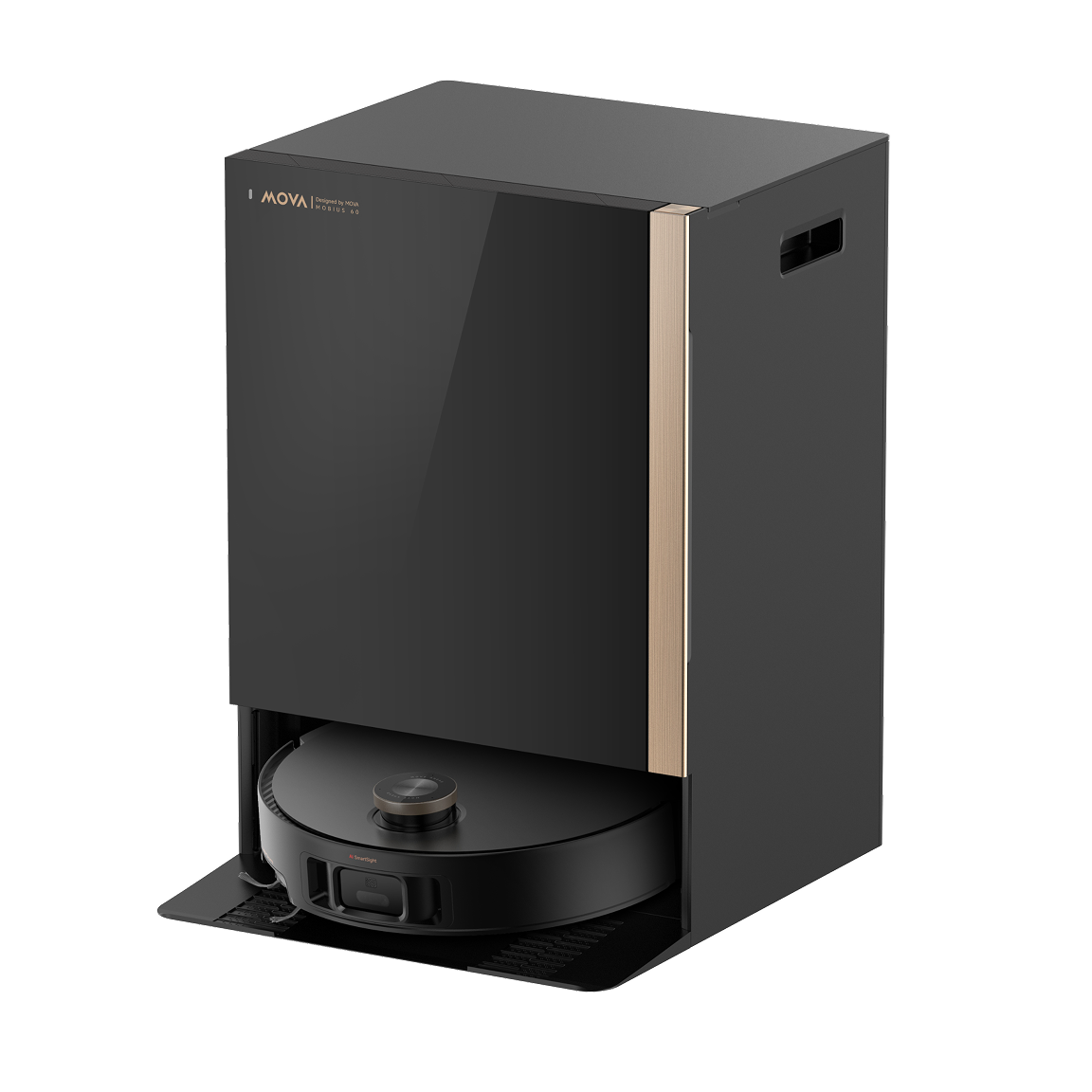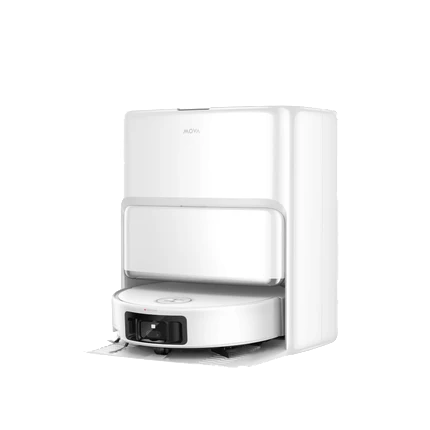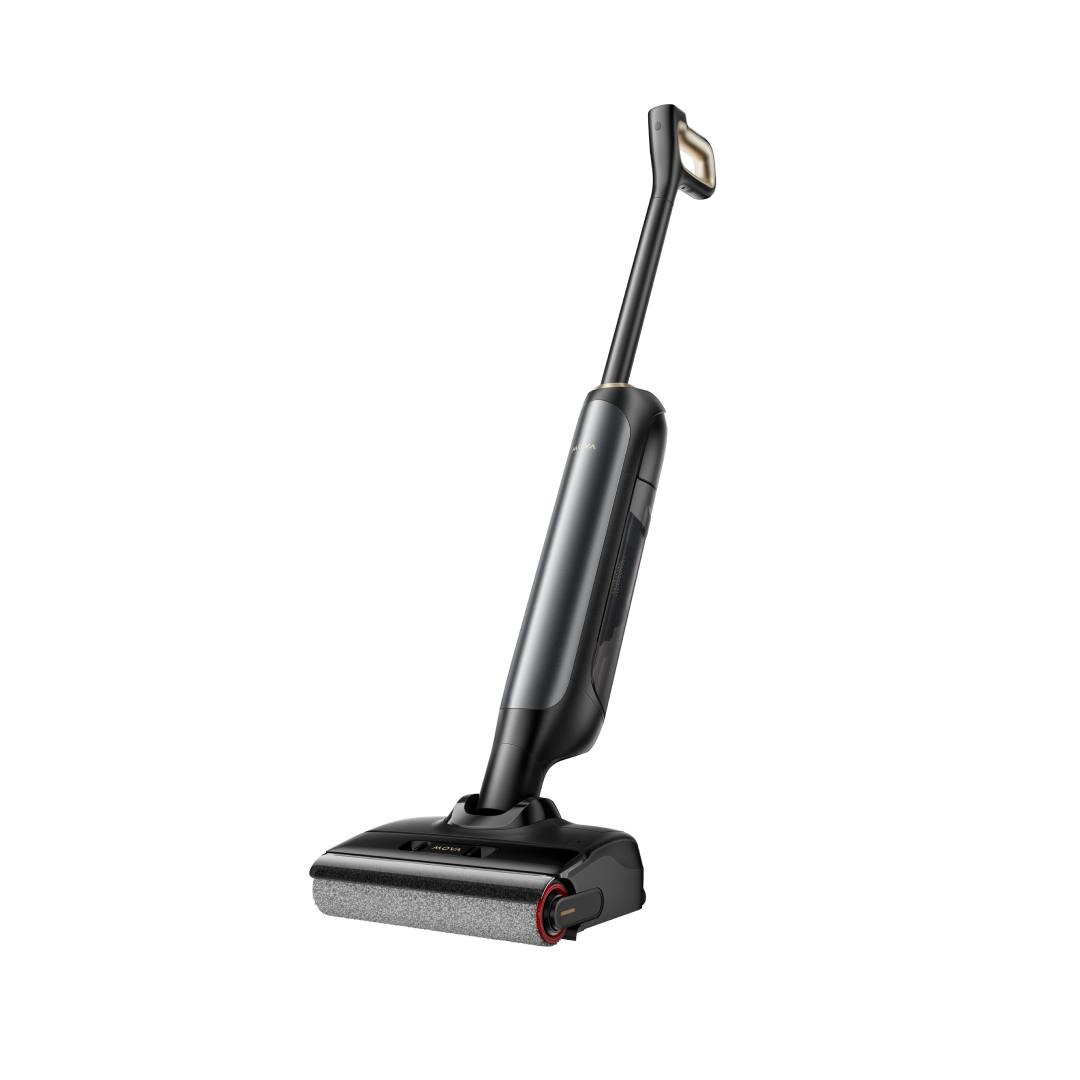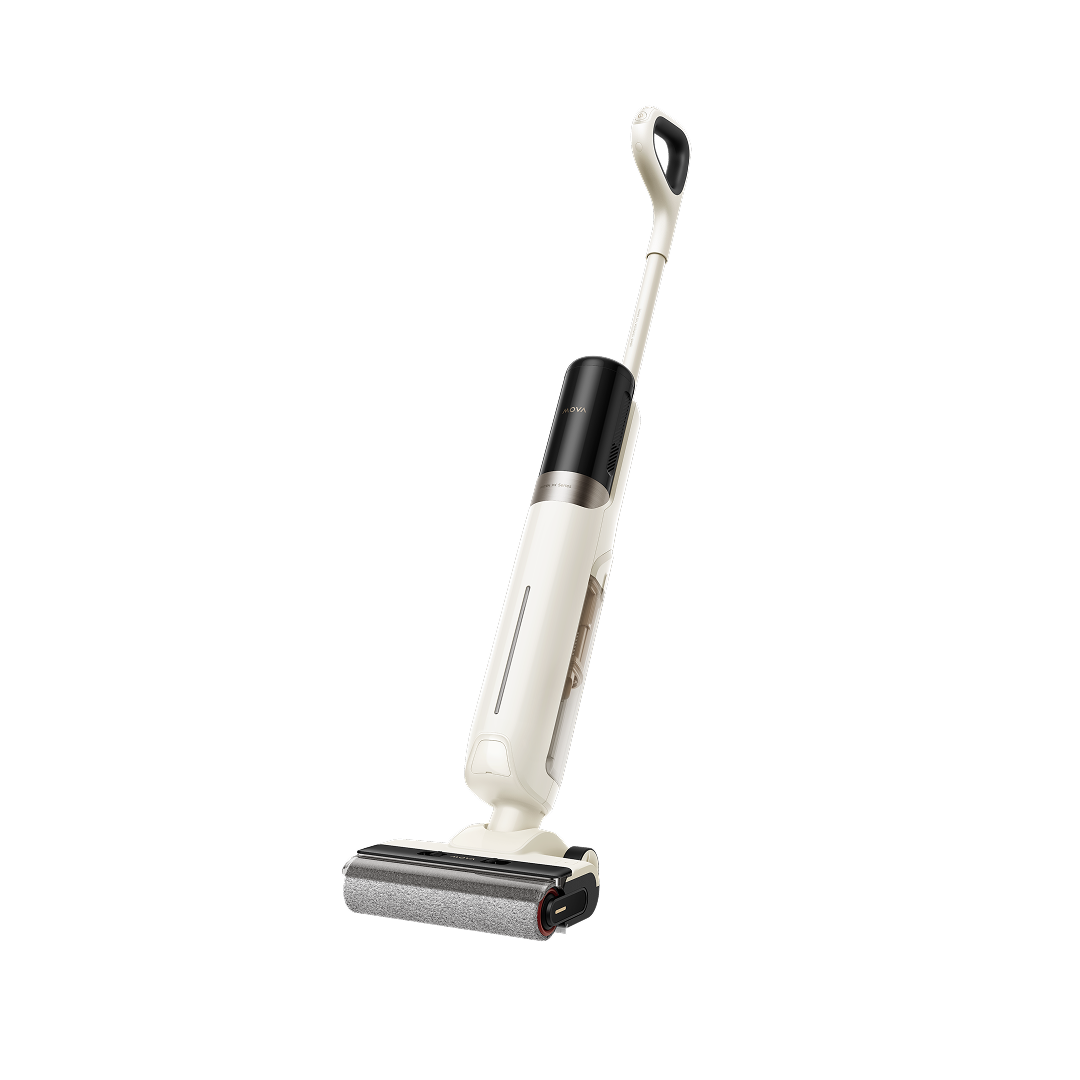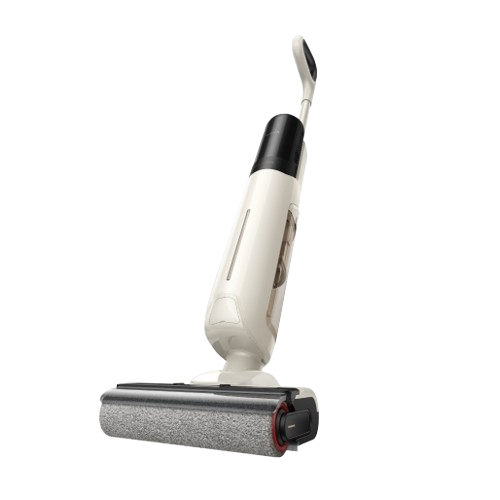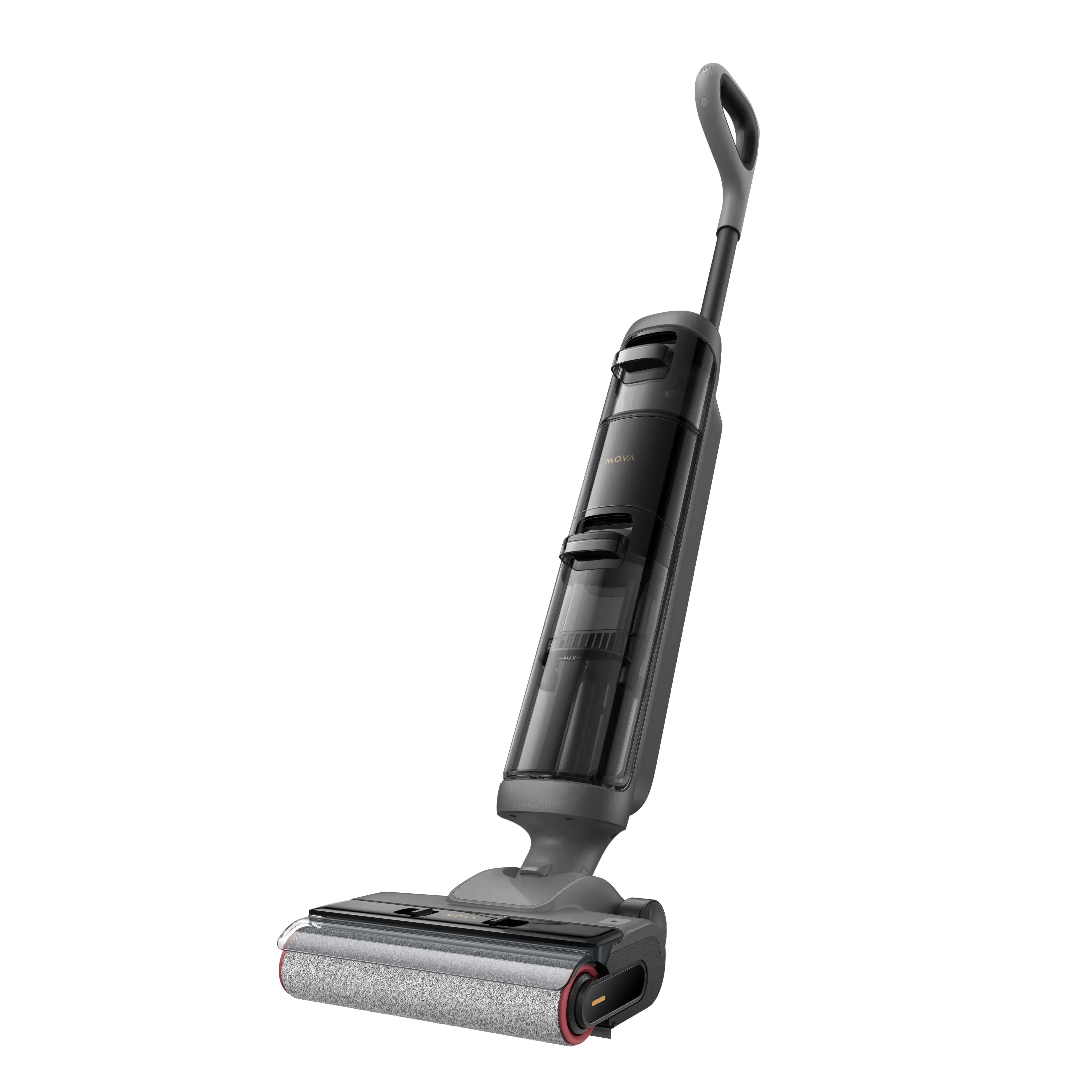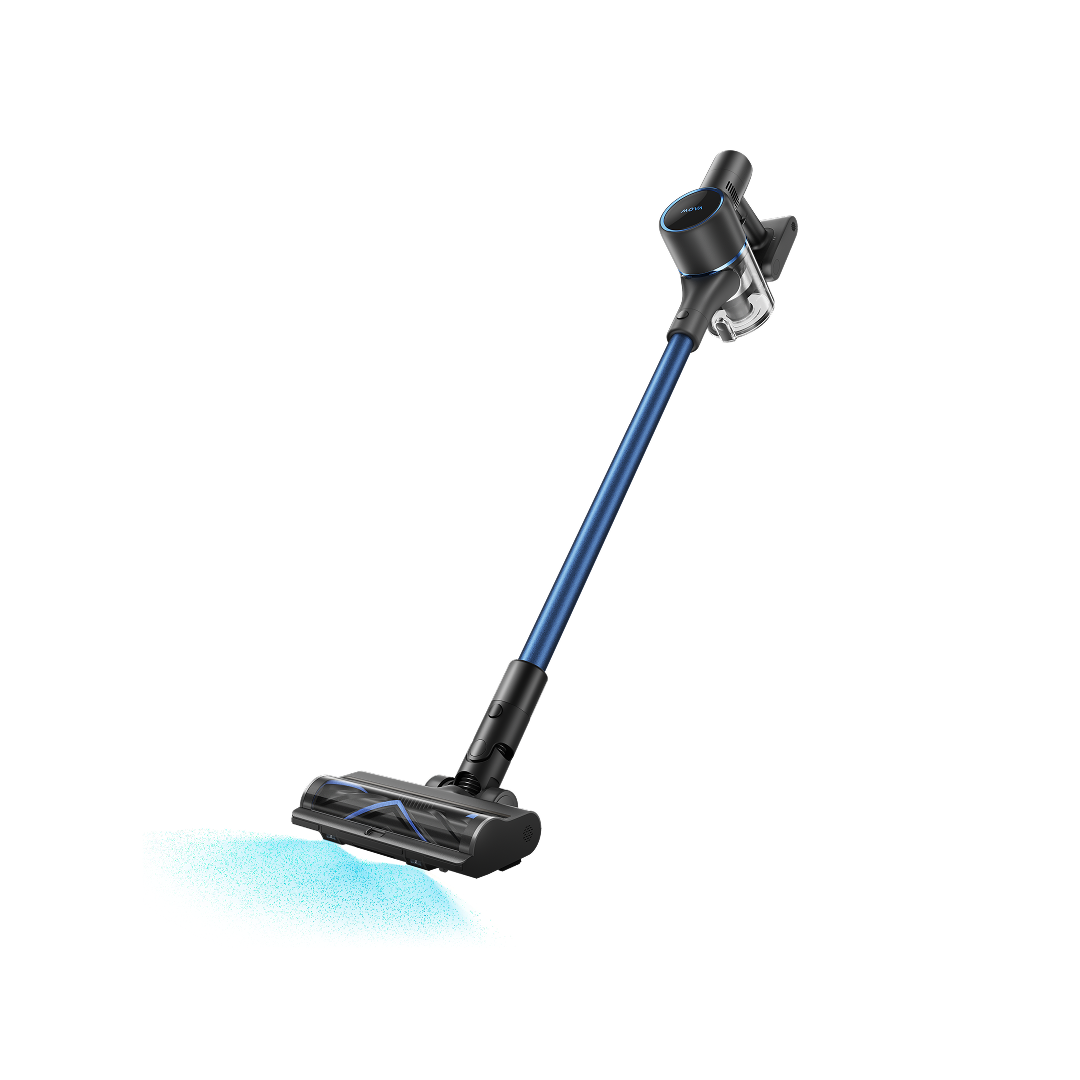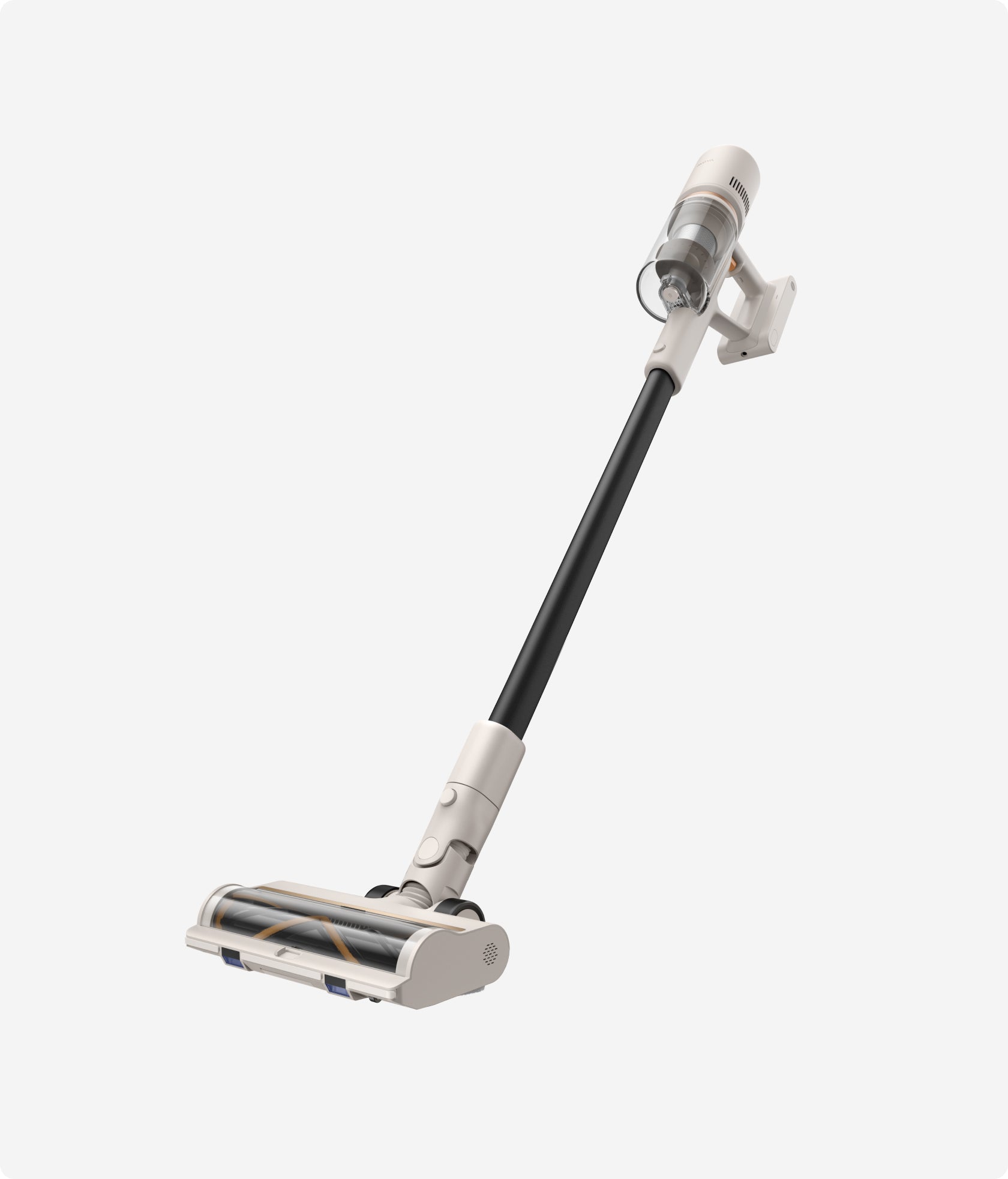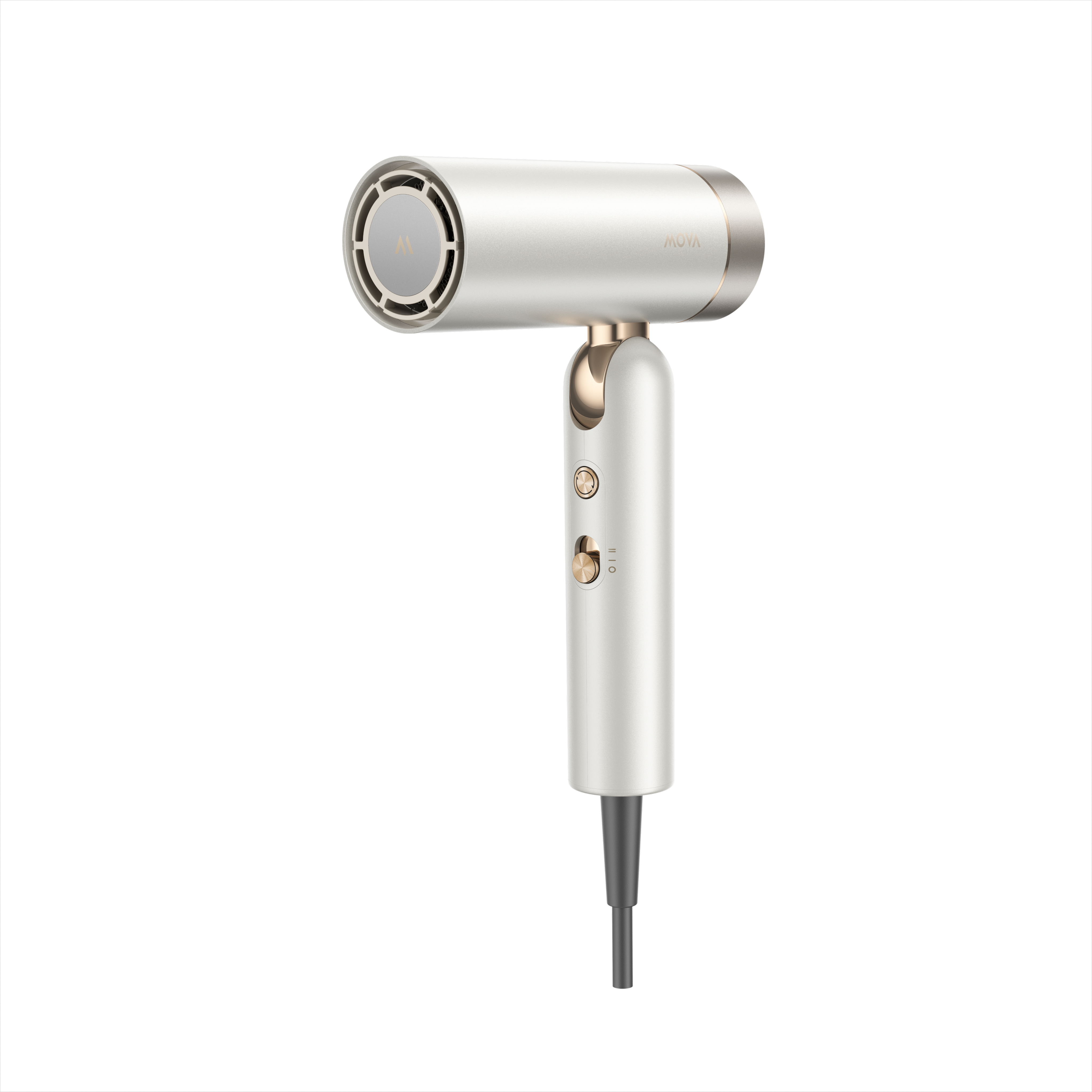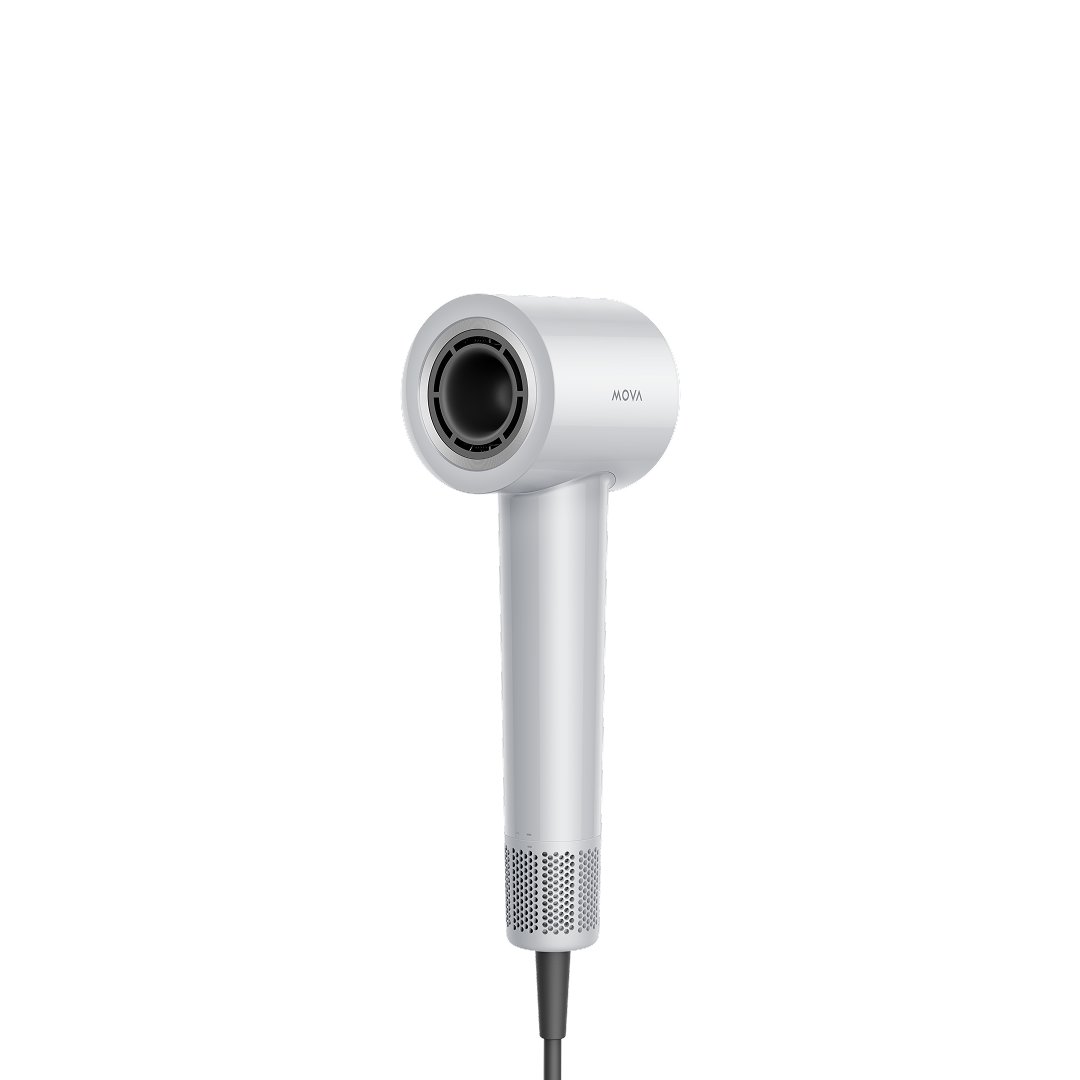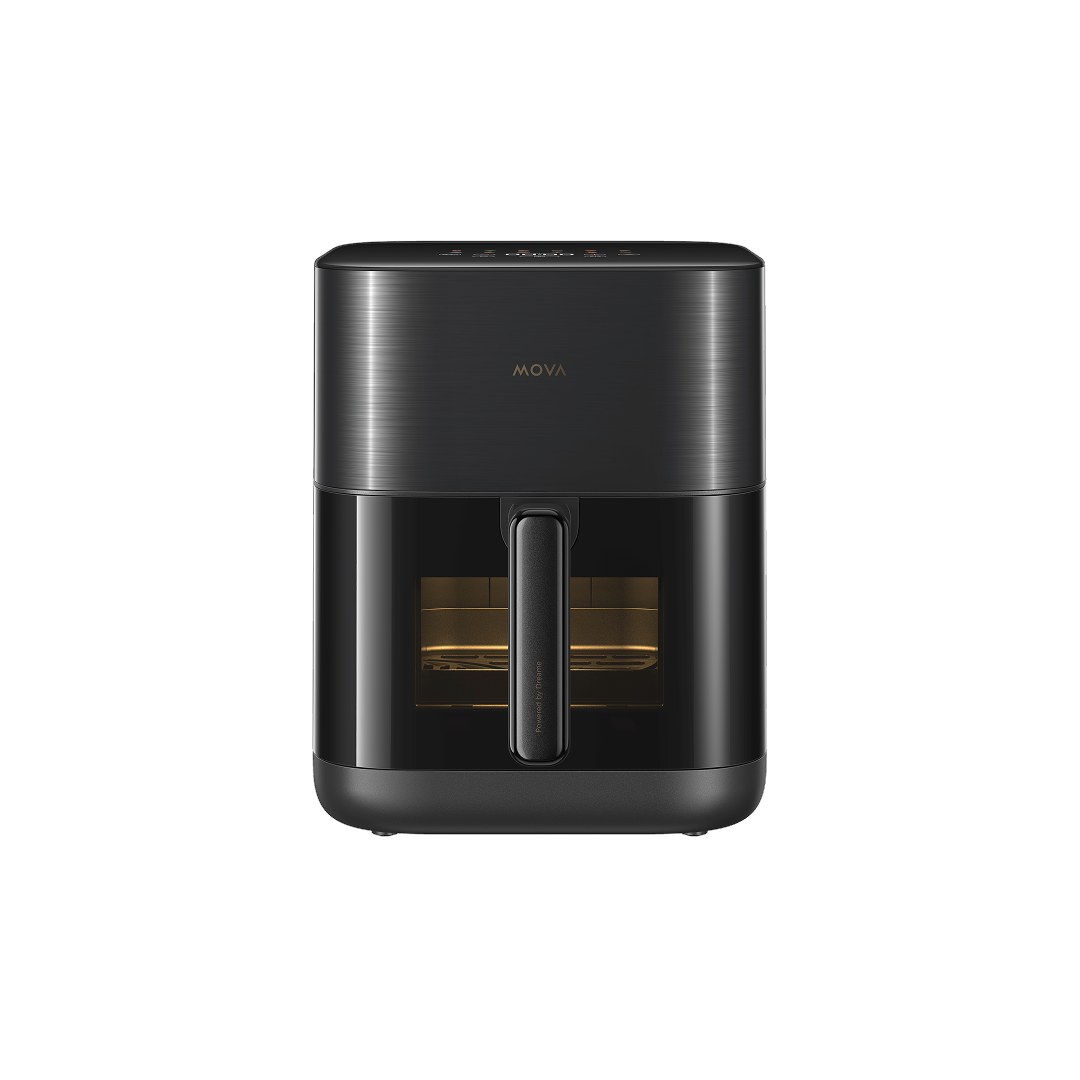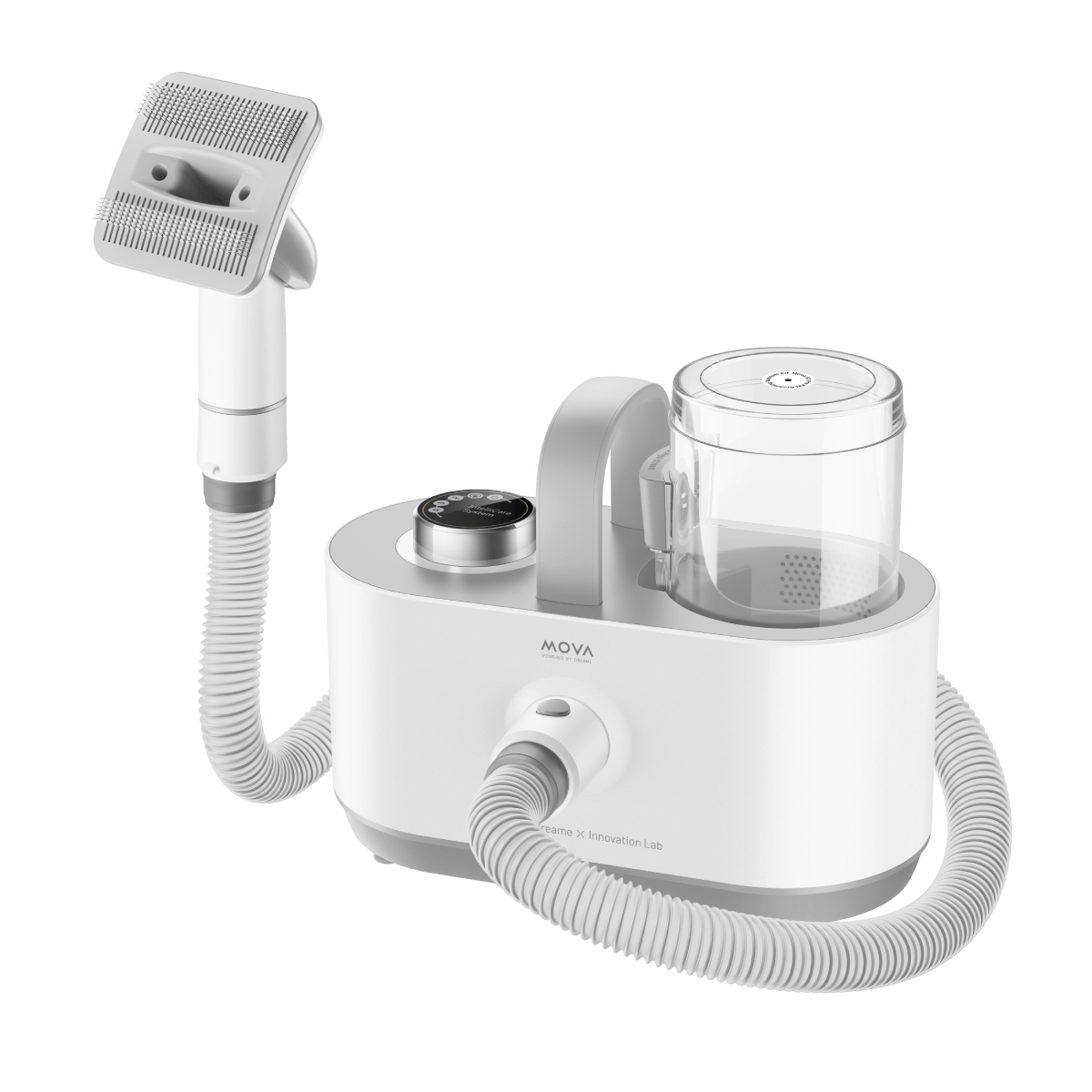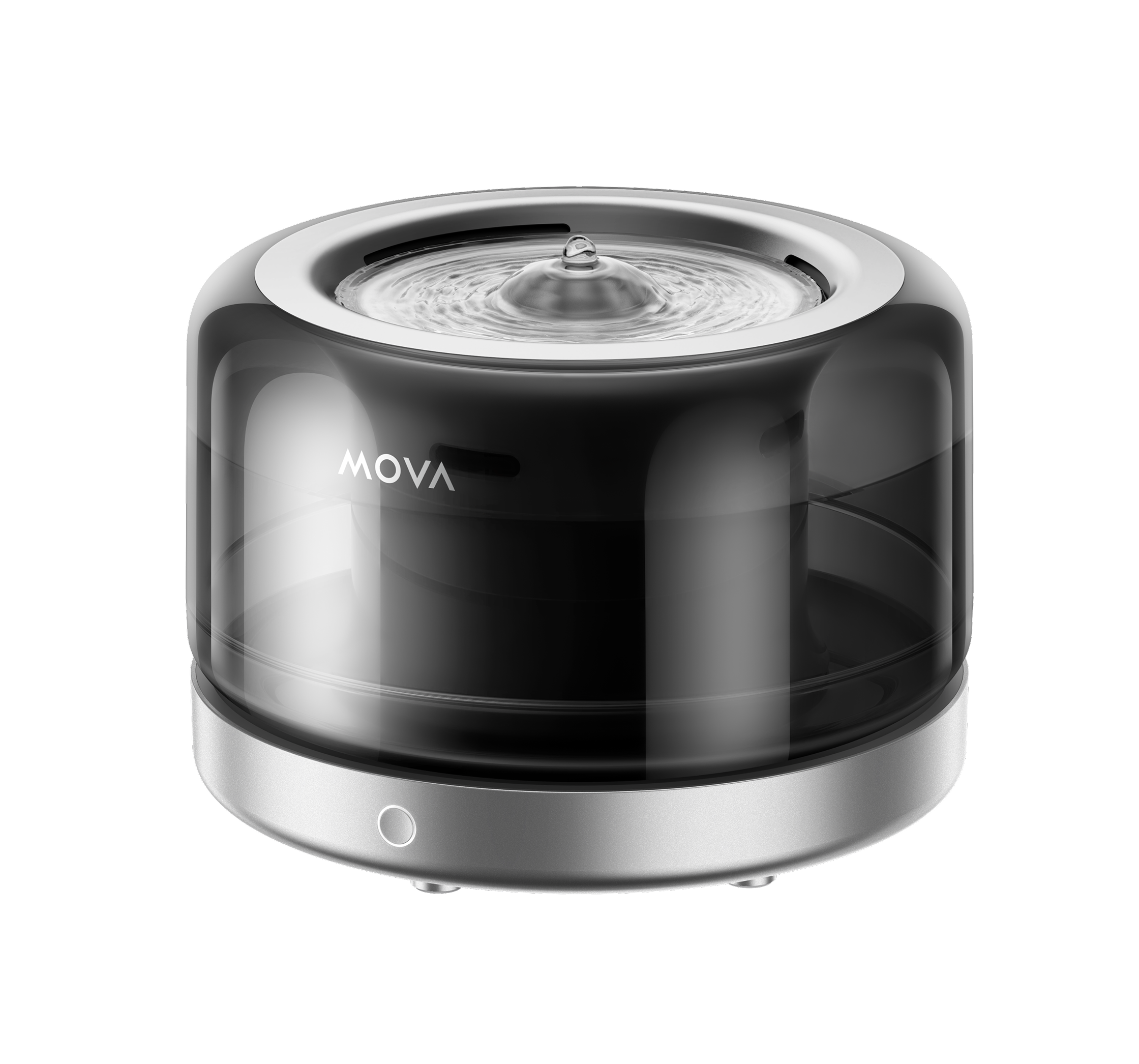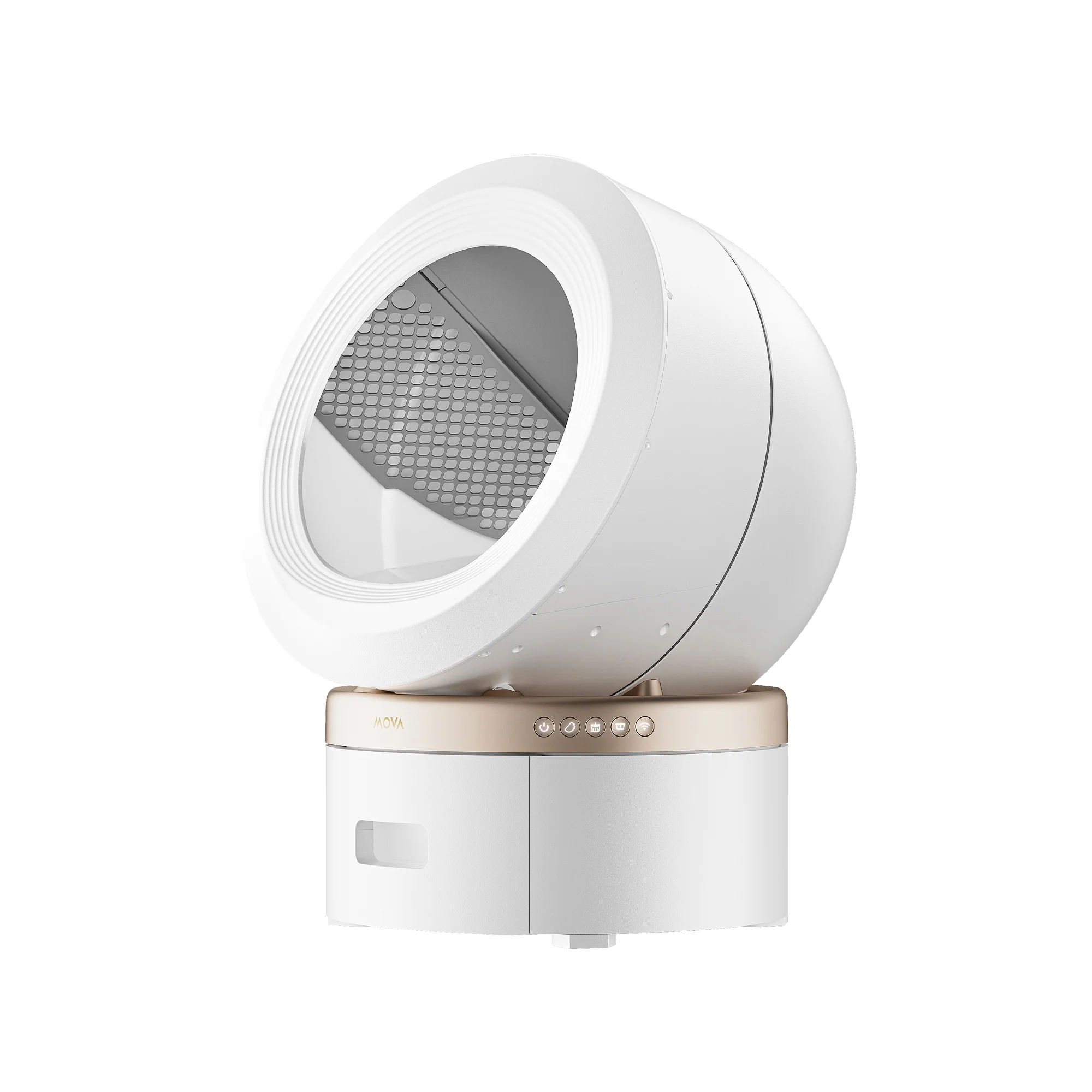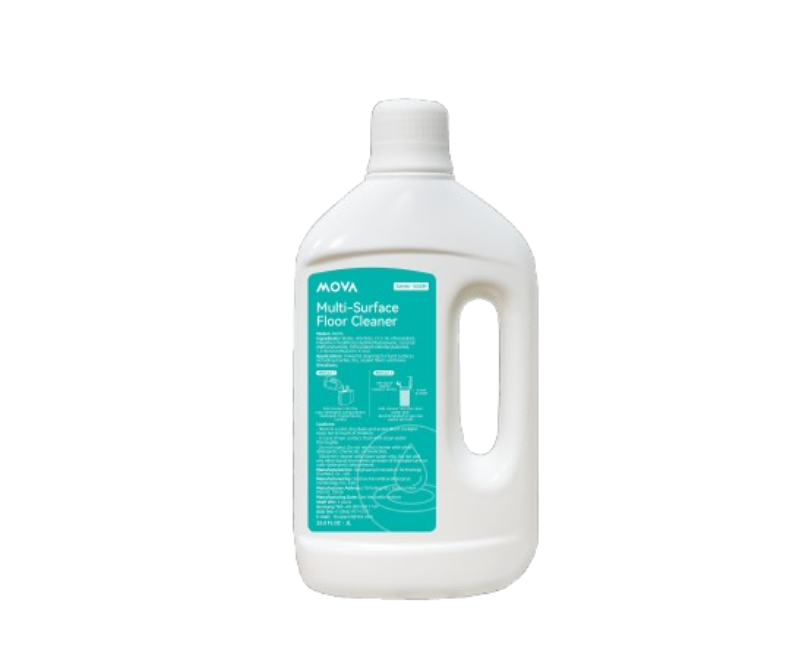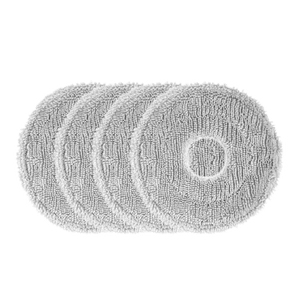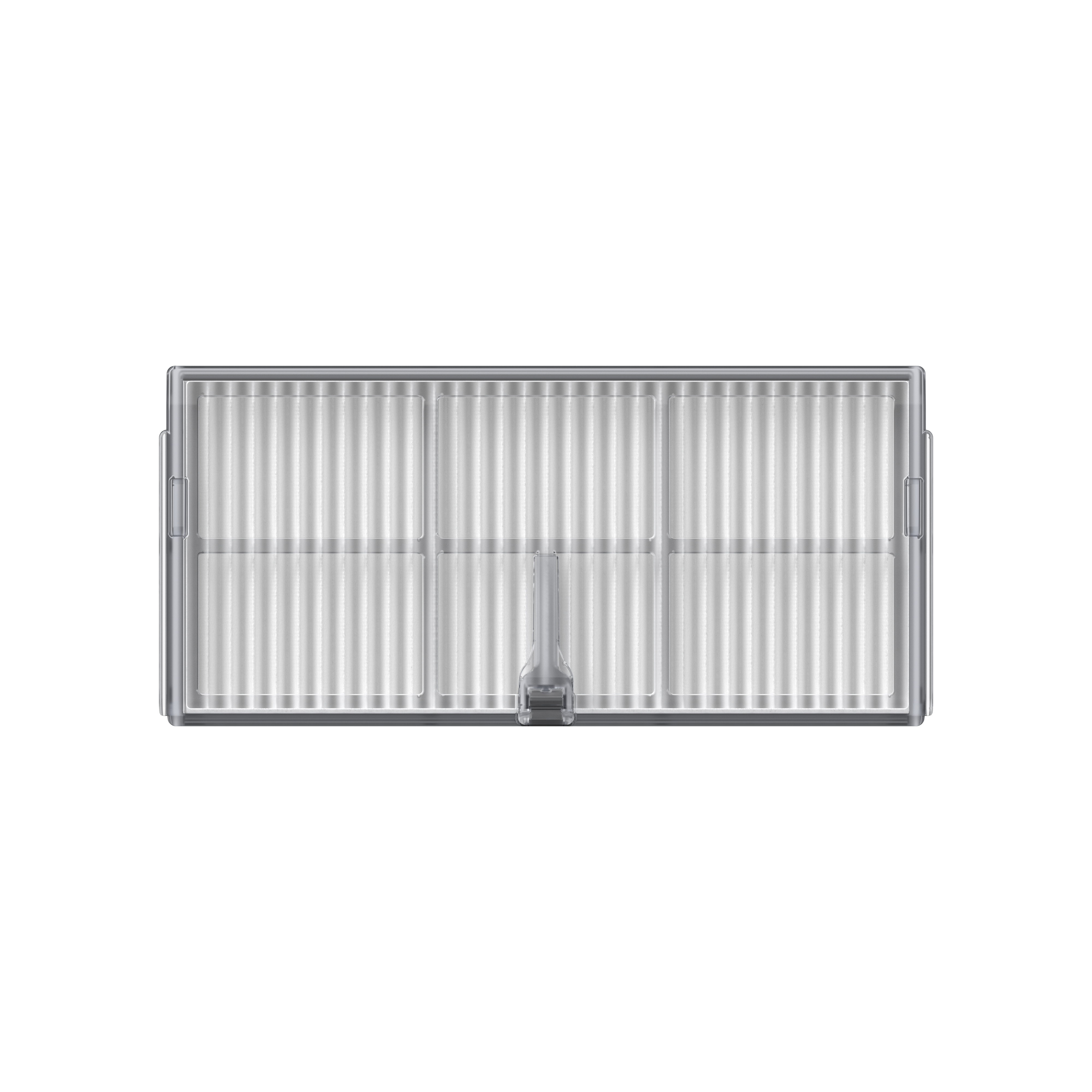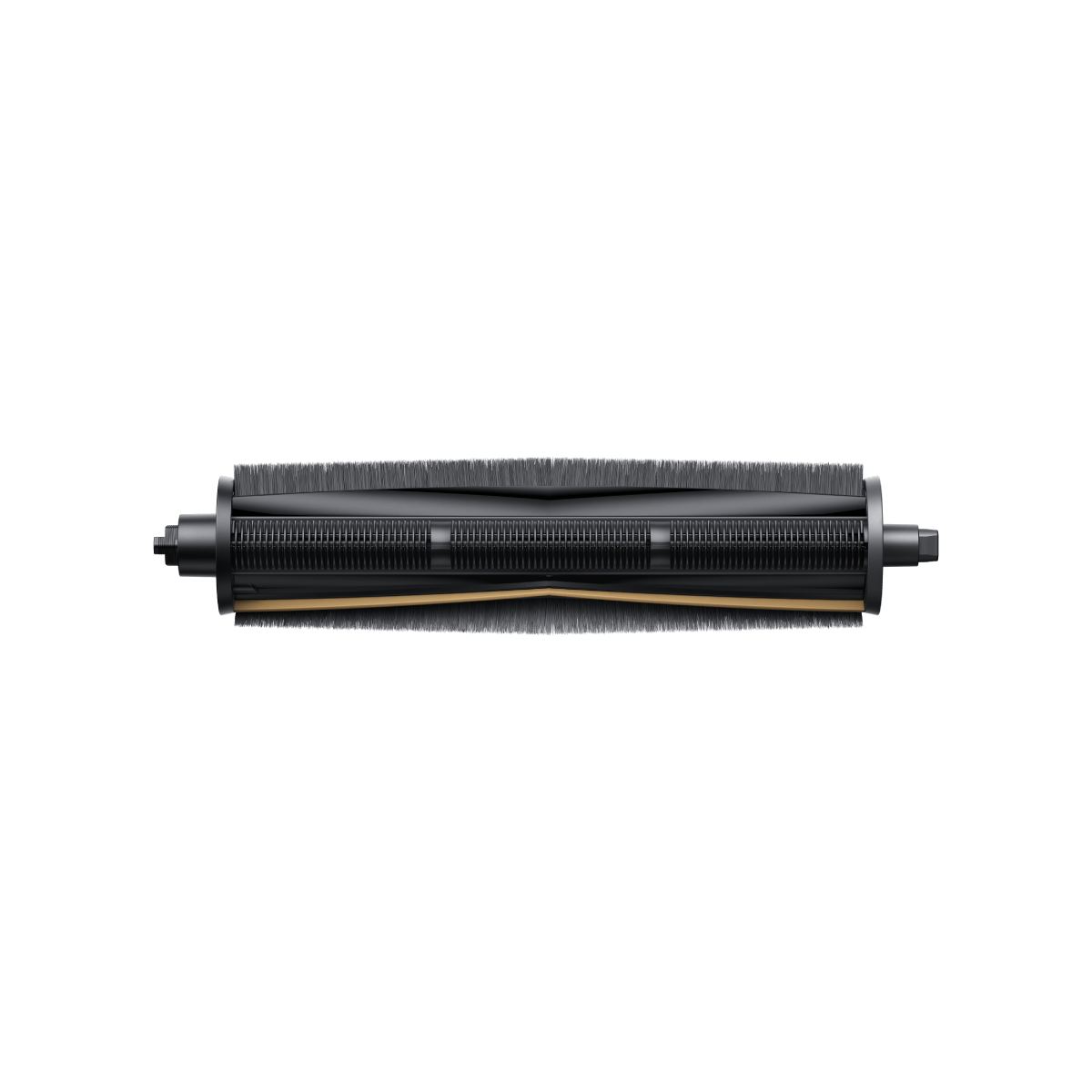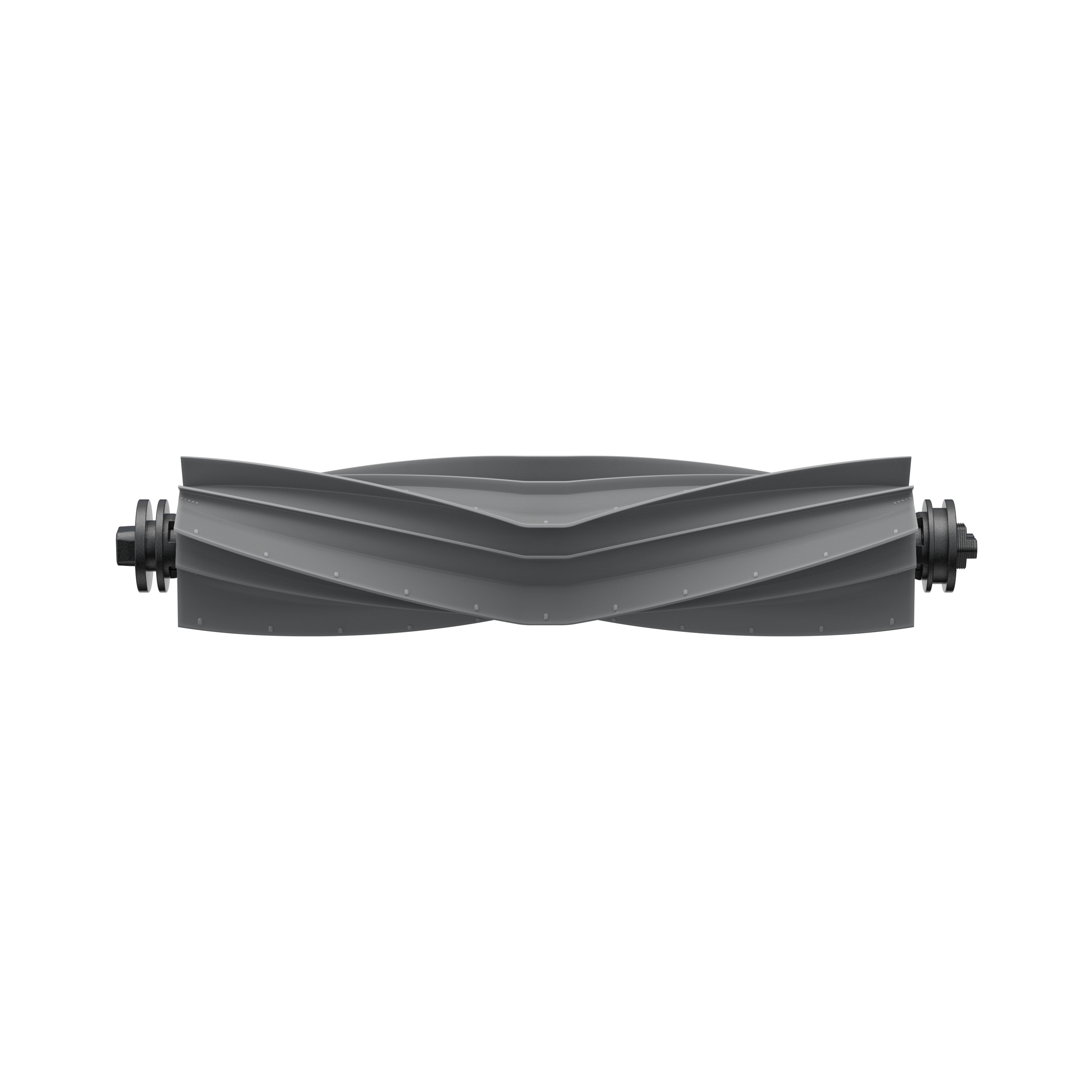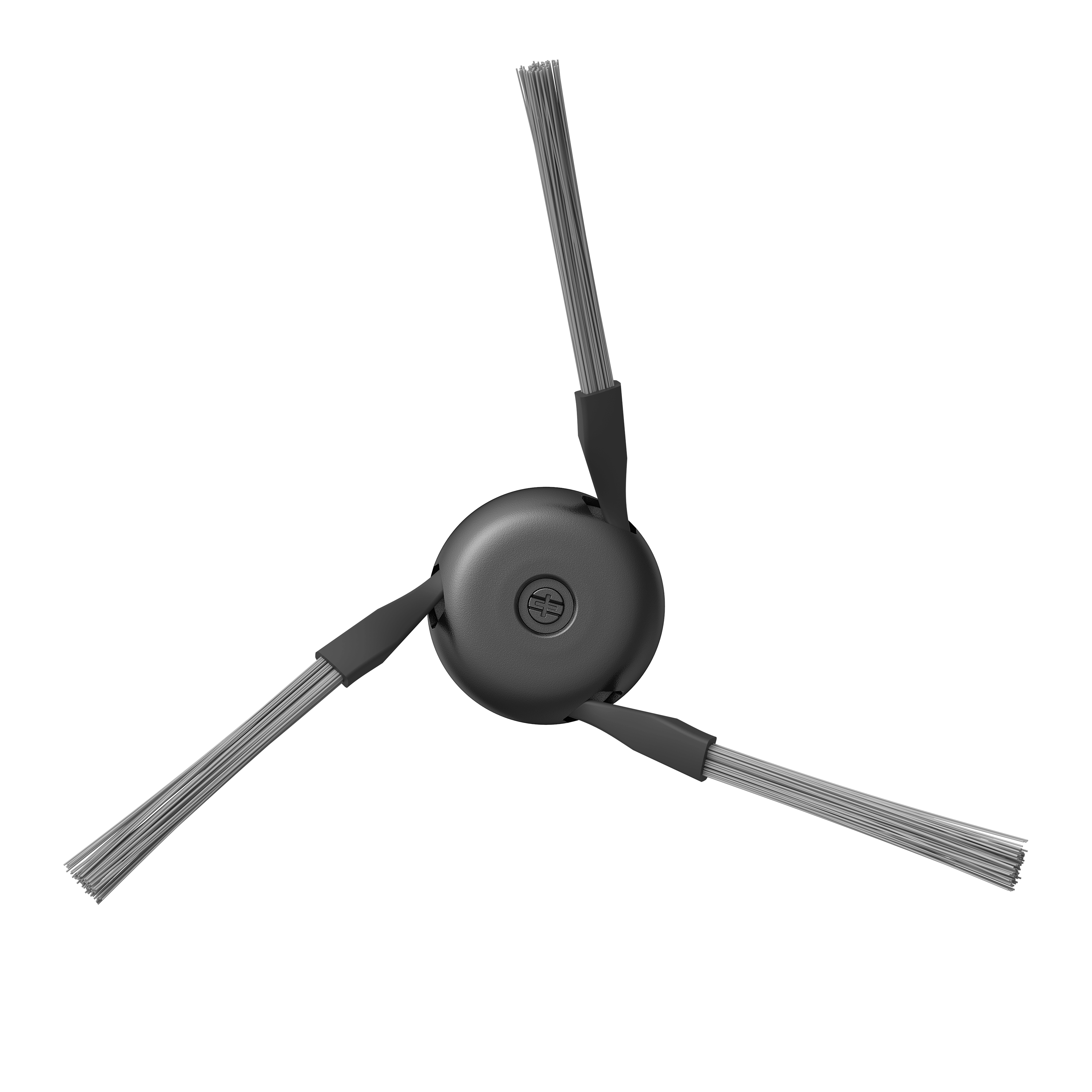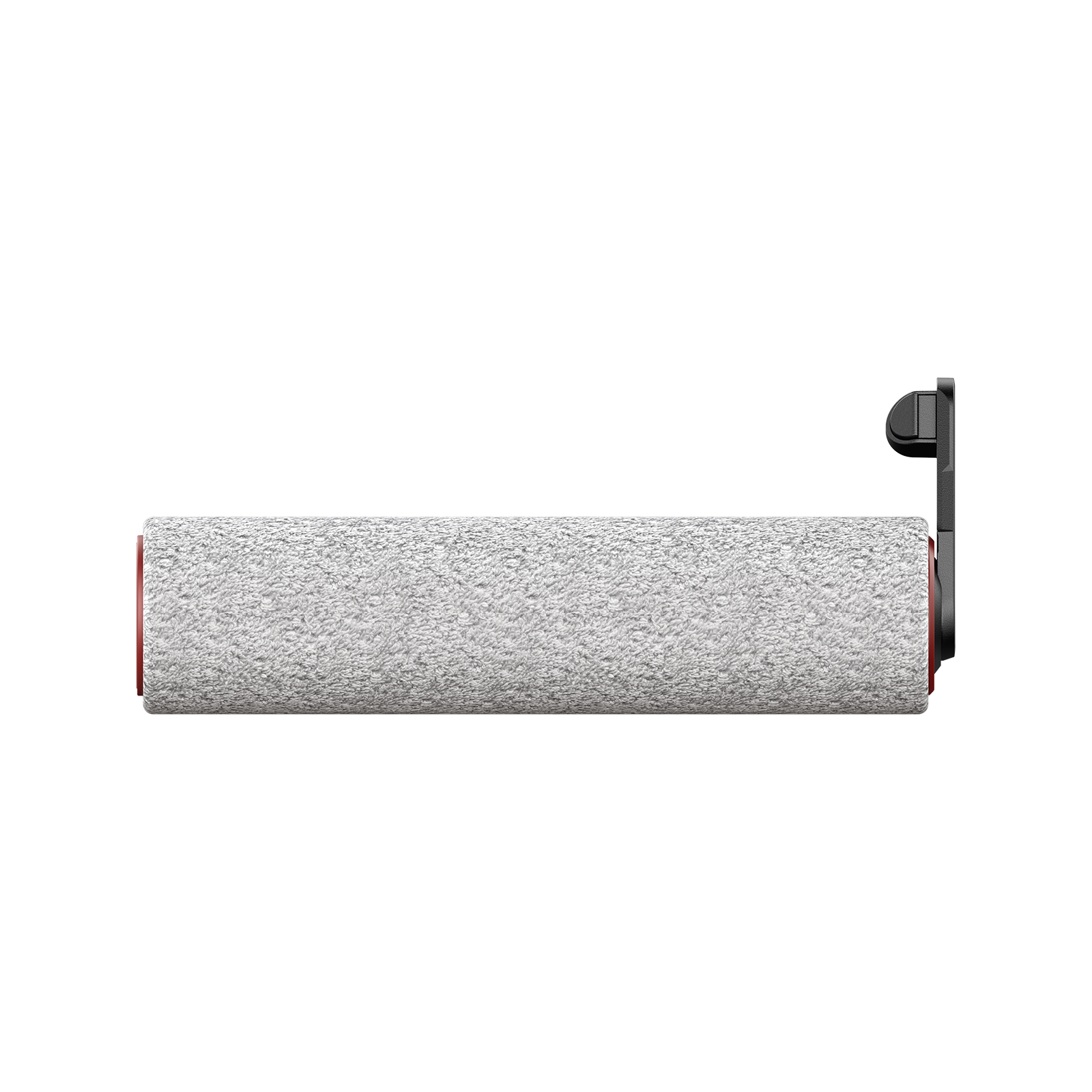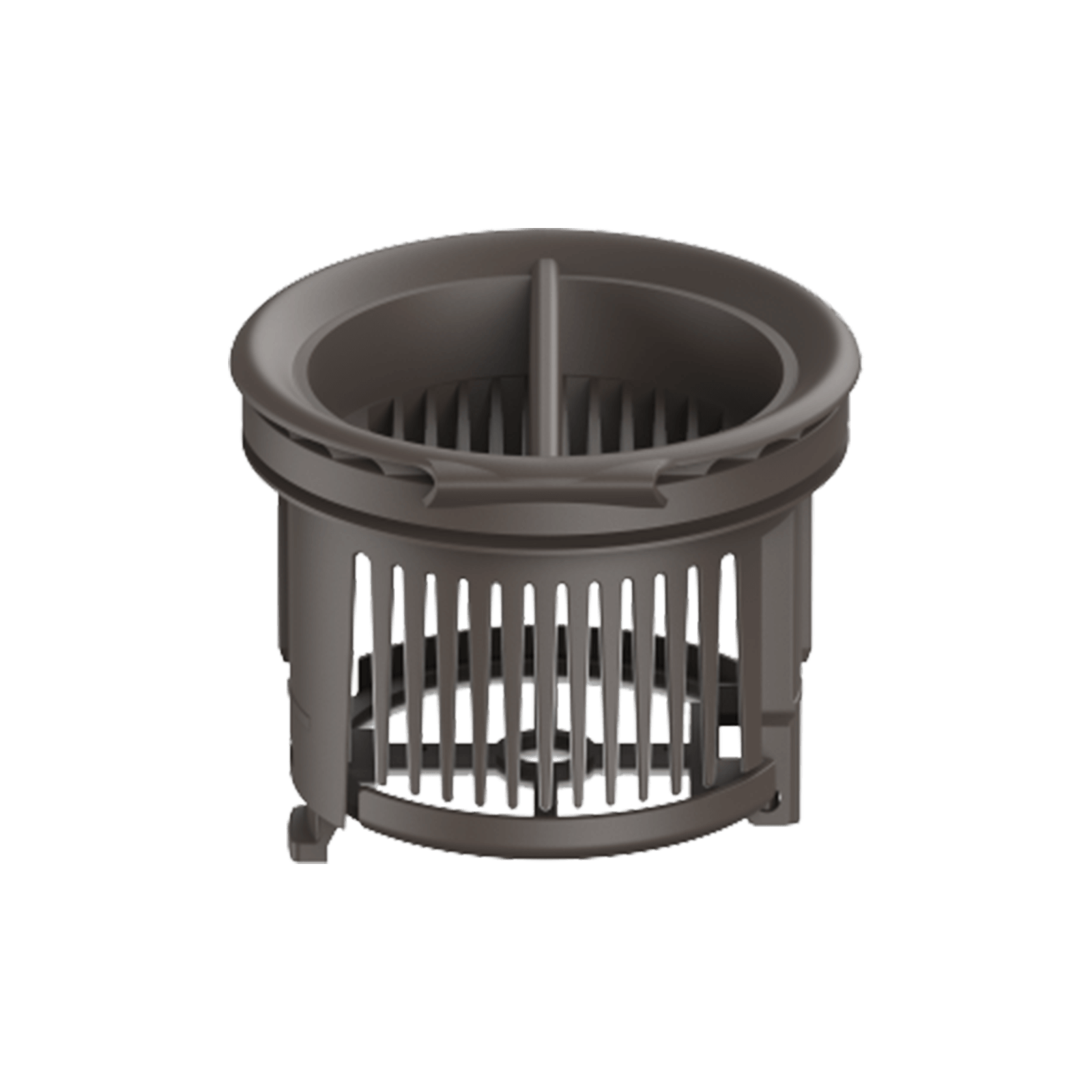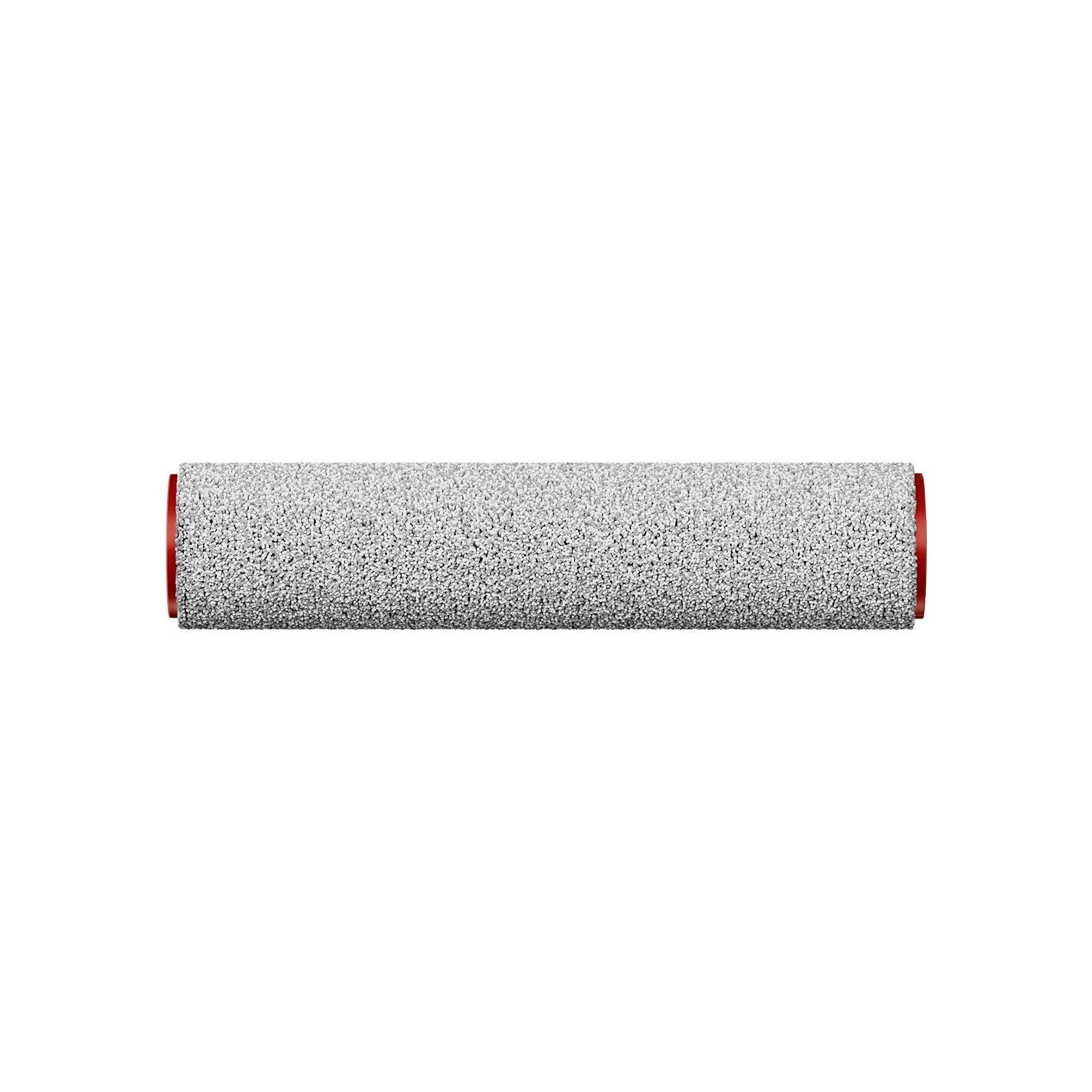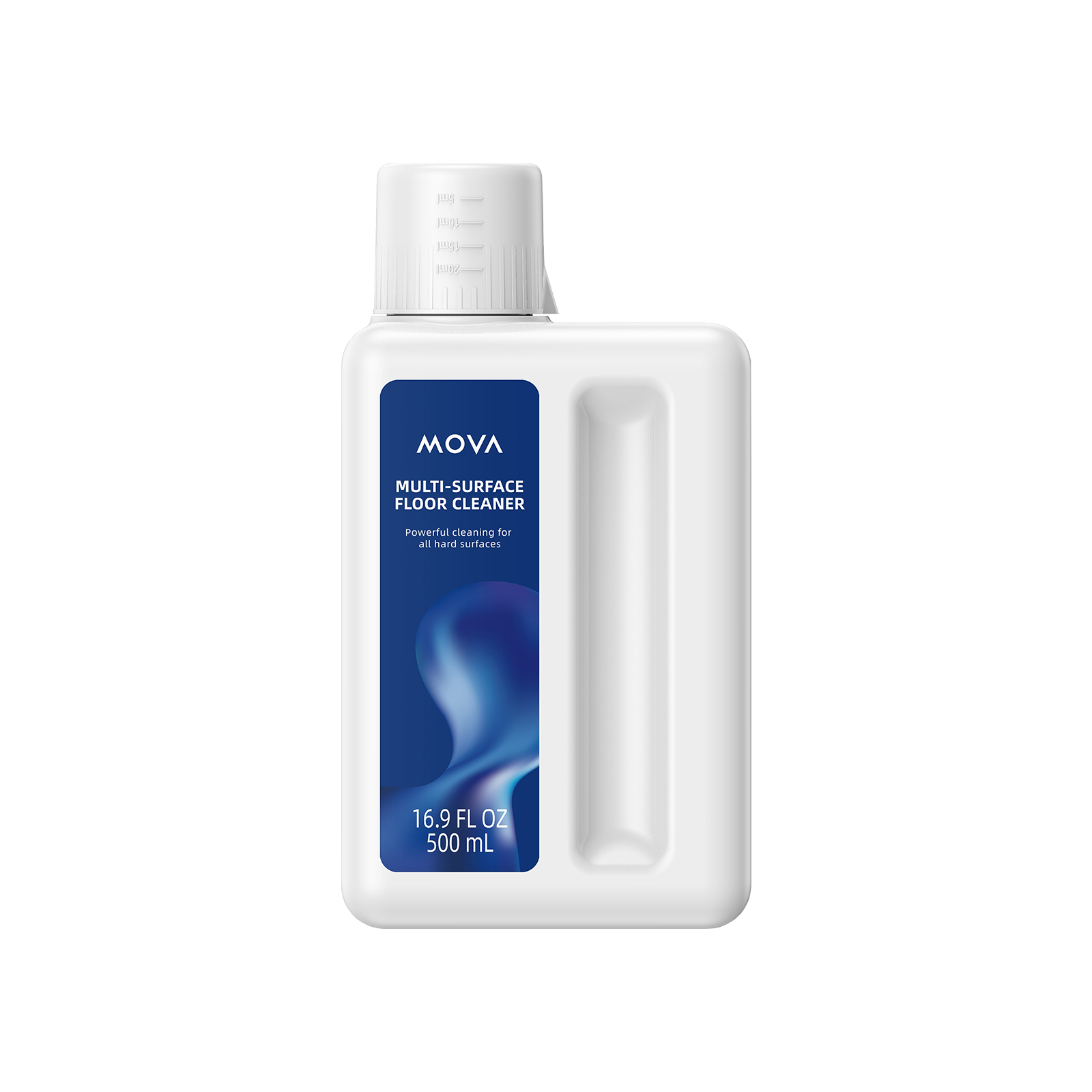Suction loss is the number one problem most homeowners face with vacuums, whether upright, canister, or stick models. A loss of suction is the single most common vacuum cleaner complaint. Before you assume the worst and start shopping for a new model, know that this problem is almost always caused by a simple, fixable issue. Common issues include clogged filters, blockages in the hose, overfilled dustbins, or even a worn-out belt. In this guide, we'll walk you through the most common causes of suction problems and show you step by step how to fix vacuum cleaner suction on your own.
Common Reasons Why a Vacuum Cleaner Loses Suction
If your vacuum has suddenly stopped picking up debris, don't panic. Most suction problems can be traced to a few straightforward issues that you can check at home. Here are the most common vacuum cleaner suction loss causes and how to recognize them:
l Clogged Filters: HEPA, pre-motor, and exhaust filters trap dust and allergens but can become packed over time, cutting airflow and reducing suction.
l Blockages in the Hose or Brush Head: Hair, threads, or debris can easily get tangled inside the hose or brush, creating partial or full blockages.
l Full or Misaligned Dustbin/Bag: If the bag or dustbin is overfilled—or not properly seated—it restricts airflow and leads to weak suction.
l Leaks in the Hose or Connections: Tiny cracks or loose connections can cause air leaks, making your vacuum feel powerless even with a running motor.
l Worn-Out or Dirty Brush Roll: A brush roll that's clogged with hair or losing bristles won't lift dirt into the suction path effectively.
l Motor or Belt Problems: If the motor is straining or the belt is stretched, the vacuum can lose both suction and brush power.
Understanding why your vacuum is not sucking is the first step toward fixing it. In the next sections, you'll be able to troubleshoot each cause and get your machine working like new again.
Step-by-Step Guide: How to Fix a Vacuum Cleaner with No Suction
Most problems can be fixed at home with a few simple checks. Follow this DIY vacuum cleaner repair guide to get your machine working like new again.
Step 1. Check and Empty the Dustbin or Bag
An overfilled dustbin or bag is one of the most common reasons for suction loss. Empty the bin or replace the bag if it's more than two-thirds full. Also, make sure the bag is fitted correctly, as even a slight misalignment can block airflow.
Step 2. Inspect and Clean the Filters
Clogged filters are the #1 cause of slow, gradual suction loss. Most vacuums have two: a pre-motor filter (protects the motor) and an exhaust filter (cleans the air). Locate both per your manual. Wash foam filters with warm water and let them air dry for at least 24 hours completely. Tap out pleated HEPA filters or replace them if they look gray and dusty. For peak performance, clean filters monthly and replace them every 6-12 months.
Step 3. Clear Hose and Brush Blockages
Use a flashlight to check for clogs in the hose, wand, or brush head. Common culprits include hair, dust bunnies, and small objects. Gently push through the blockage with a broom handle or use long pliers to pull debris out. Never force it, this could damage the hose.
Step 4. Inspect the Brush Roll and Belt
A brush roll that doesn't spin can make it seem like there's no suction. Turn your vacuum over and cut away any hair, string, or carpet fibers tangled around the ends of the roller. Manually spin it; it should rotate freely. If it's worn down or the belt looks stretched or melted, replace both parts. It's an inexpensive and easy fix for many models.
Step 5. Check for Air Leaks
Listen for a high-pitched whistling sound while the vacuum is running, this often indicates a leak. Carefully inspect the entire hose for cracks or splits, especially at the ends. Check all connection points between the wand, hose, and head to ensure they are clicked together tightly.
Step 6. Test the Motor
If your vacuum still has no suction, listen for motor issues. A burnt smell, grinding noises, or a motor that won't stay on usually means professional repair is needed. At this point, it may be more cost-effective to consider replacing the vacuum.
Do Robot Vacuum Cleaners Lose Suction Power Over Time?
Yes, absolutely. Just like their upright counterparts, robot vacuums are susceptible to suction loss over time. The causes are identical: reduced airflow due to clogged filters, a full dustbin, or blockages in the intake pathways or brush rolls. Their smaller components can clog even more easily with hair and debris. Furthermore, as with any motor, the suction motor in a robot vacuum can gradually wear out after years of use, leading to a permanent reduction in power. The key difference is that robot vacuums require more frequent maintenance emptying the bin after every cycle and cleaning brushes and filters weekly—to maintain their designed suction performance.
Does MOVA Tech Robot Vacuum Lose Suction?
MOVA robot vacuum cleaners are designed with long-lasting suction in mind. Unlike many budget models, MOVA integrates high-efficiency motors and multi-stage filtration systems that help preserve airflow even after months of use. Advanced sensors also prevent clogs by adjusting suction power based on the type of floor, reducing strain on the motor.
Thanks to washable filters and easy-access brush rolls, cleaning and maintenance are quick, keeping suction performance consistent over time. Users in the U.S. have praised MOVA models for their reliability, noting that they don't experience the rapid suction decline common in lower-end robot vacuums.
Conclusion
A vacuum cleaner with no suction is almost always fixable. By methodically checking the simple things first, the bag, the filters, and the hoses for clogs, you can solve the vast majority of problems yourself in minutes, without any cost. Remember, your vacuum cleaner needs regular maintenance to perform its best. Making a habit of emptying the canister, cleaning the filters, and cutting debris from the brush roll will prevent most suction loss issues down the line. Save yourself the time and expense of a service call; a little DIY troubleshooting is all you need to restore powerful suction.
FAQs
1. Why did my vacuum suddenly stop suctioning?
A sudden and complete loss of suction is almost always caused by a major blockage. The most likely culprits are a large object stuck in the hose, wand, or brush head, or an overfilled bag that has reached critical capacity. First, check the bag or canister. If it's full, empty it. Then, disconnect the hose from both ends and look for an obstruction. A sudden stop can also rarely indicate a belt failure on the brush roll, preventing it from spinning and agitating debris.
2. How do I know if my vacuum filter needs replacing?
Signs of a failing filter include a noticeable drop in suction, dust escaping from the exhaust, or a persistent musty smell. Most HEPA and foam filters should be replaced every 6–12 months, depending on usage. If you have pets or allergies, you may need to replace them more often. Washable filters should be rinsed with water every month and fully dried before reinstalling.
3. Can I fix a vacuum motor myself?
In most cases, it's not recommended to repair a vacuum motor on your own. Motors involve electrical components that can be dangerous to handle without proper training. If you notice burnt smells, sparking, or loud grinding noises, it's best to take the vacuum to a professional repair shop. For older or budget models, replacing the vacuum entirely may be more cost-effective.
4. What household items should I avoid vacuuming?
To keep your vacuum in good condition, avoid vacuuming liquids, ashes, fine powders like flour, large sharp objects, or small toys that can jam the hose. Liquids can damage the motor, while fine dust can clog filters and reduce suction quickly. For pet owners, always check for excessive hair buildup in the brush roll, as this is a common cause of clogs.
5. How long should a vacuum cleaner last?
The average vacuum cleaner lasts between 5 to 10 years, depending on the brand, model, and how well it's maintained. Upright and canister vacuums tend to last longer than stick or handheld models. Regular filter changes, clearing blockages, and replacing belts when needed can easily extend your vacuum's life. Investing in a well-built vacuum, such as a MOVA robot vacuum, can also mean fewer repairs and stronger suction over time.


